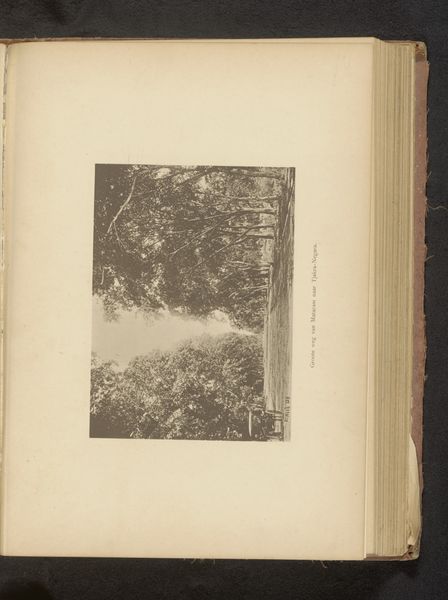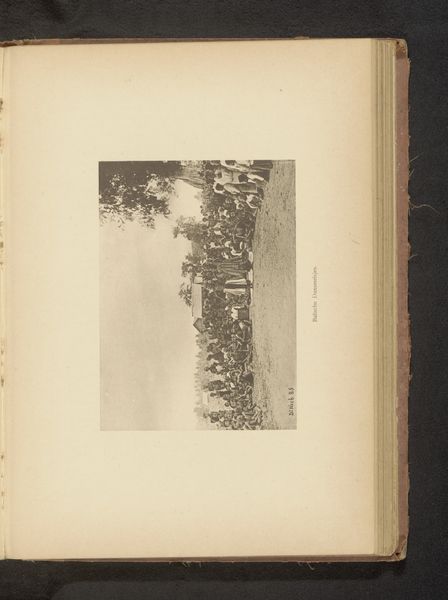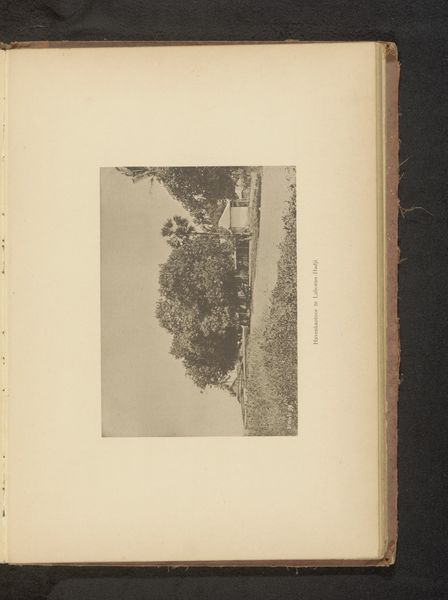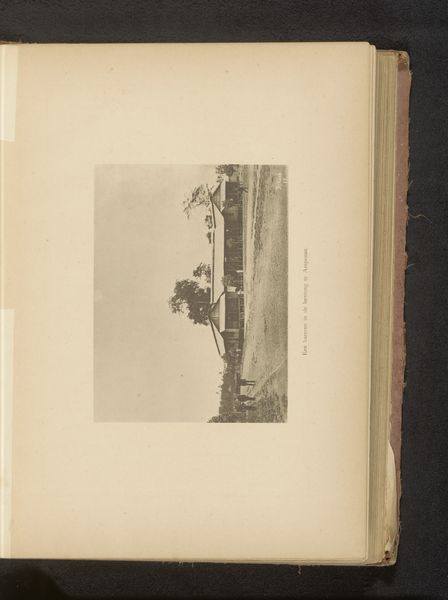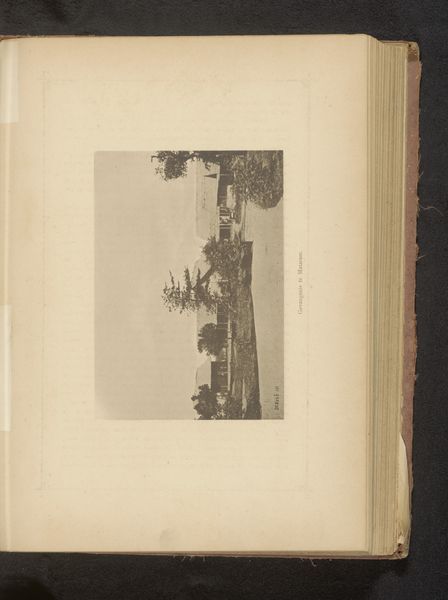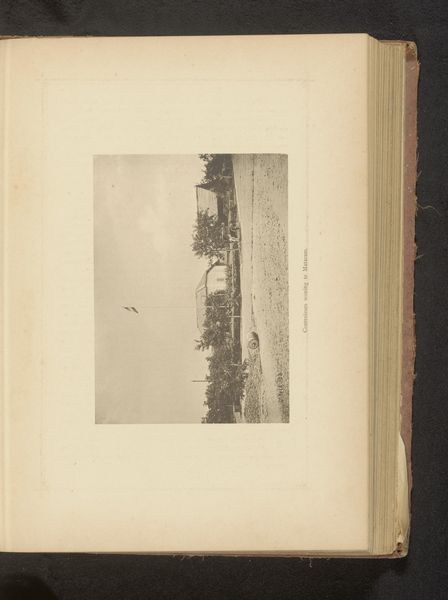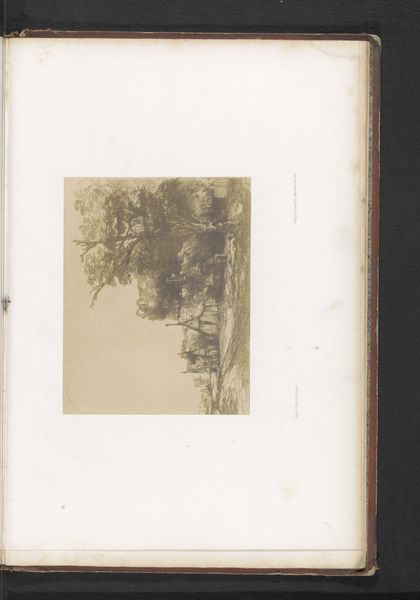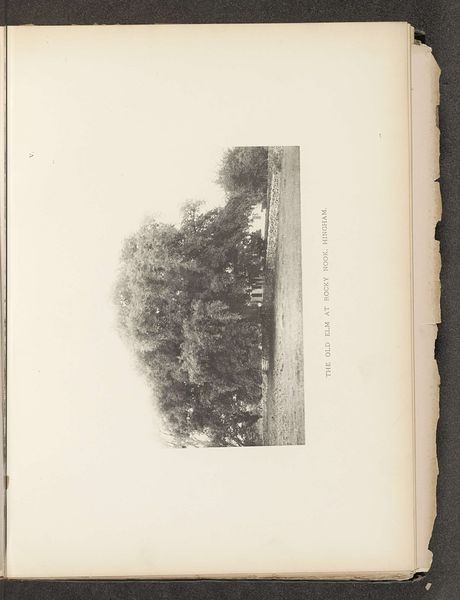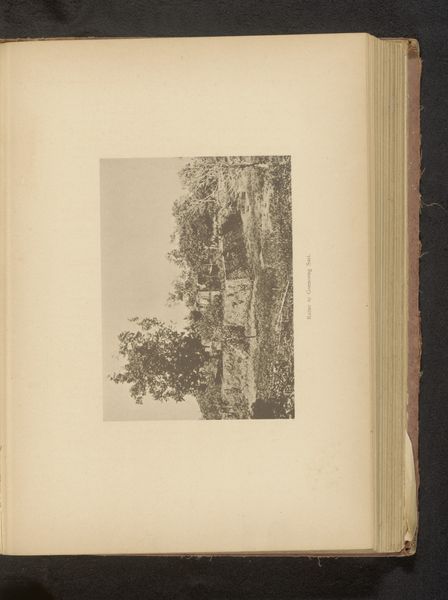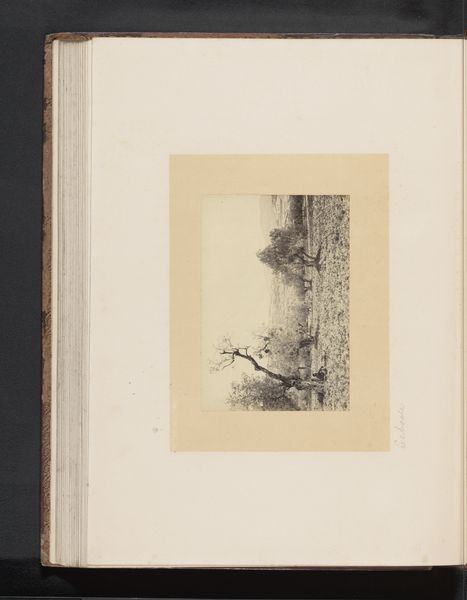
photography
#
landscape
#
photography
Dimensions: height 117 mm, width 168 mm
Copyright: Rijks Museum: Open Domain
Editor: We’re looking at a photograph by Christiaan Johan Neeb, taken before 1897. The title translates to “Group of Unknown People in a Landscape in Lombok.” It’s fascinating to see these figures embedded within such a rich landscape. How would you interpret this piece? Curator: It's interesting to consider photography from this era as both a scientific tool and an emerging art form. Given its probable colonial context, the "unknown" status of the people raises important questions about representation. How might this photograph have functioned within the larger framework of colonial documentation and the exoticization of other cultures? Editor: That’s a great point. The photograph does feel somewhat staged. Do you think it could be seen as an early form of ethnographic imagery? Curator: Absolutely. Photos like these served to construct a visual narrative of the colonized lands and its inhabitants, often reinforcing power dynamics. The "group of unknown persons" becomes an anonymous representation of an entire population, subjected to the Western gaze. The ambiguity of their status highlights their marginalization in the historical record. It also is printed in an album, raising questions of audiences and public dissemination strategies of imagery about Southeast Asia in the Netherlands and perhaps even further abroad. Editor: It makes me think about who the photograph was intended for, and what story it was trying to tell. It shifts my perception of it entirely. Curator: Precisely. It's not just about capturing a landscape; it's about controlling the narrative around it, something many landscape paintings of the period were complicit in. Considering this photo within the history of colonial image-making changes how we read its seemingly innocent depiction of a place and people. Editor: I’ll definitely be researching more on the role of photography in colonial documentation now. Thank you! Curator: And I’ll be thinking about how the album format gave photos more life within Dutch society and the role of institutions in shaping perception about other places and cultures.
Comments
No comments
Be the first to comment and join the conversation on the ultimate creative platform.
